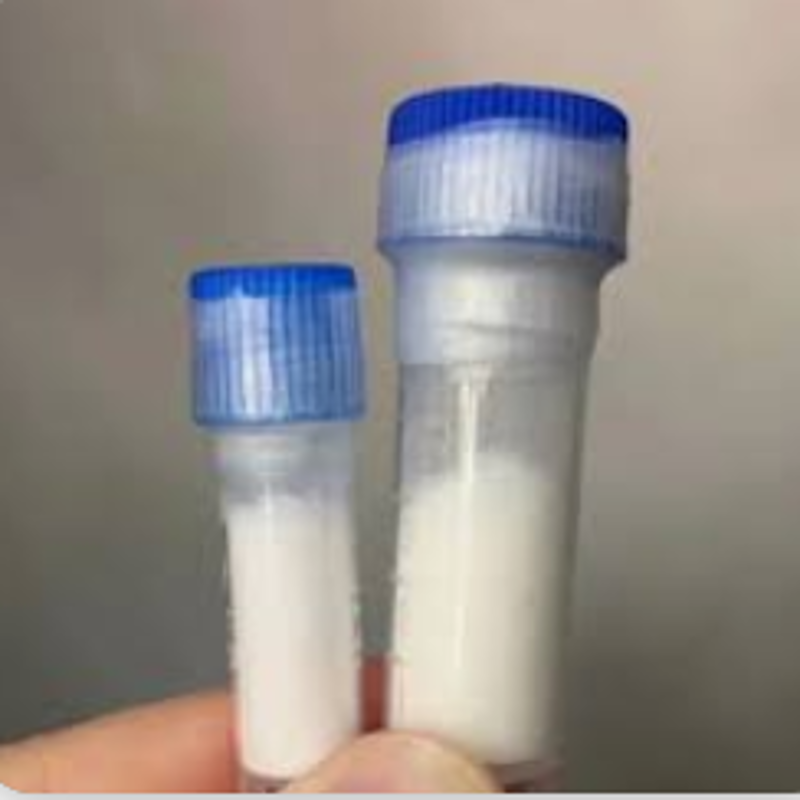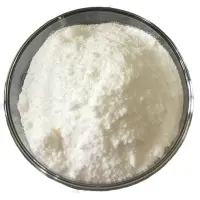-
Categories
-
Pharmaceutical Intermediates
-
Active Pharmaceutical Ingredients
-
Food Additives
- Industrial Coatings
- Agrochemicals
- Dyes and Pigments
- Surfactant
- Flavors and Fragrances
- Chemical Reagents
- Catalyst and Auxiliary
- Natural Products
- Inorganic Chemistry
-
Organic Chemistry
-
Biochemical Engineering
- Analytical Chemistry
-
Cosmetic Ingredient
- Water Treatment Chemical
-
Pharmaceutical Intermediates
Promotion
ECHEMI Mall
Wholesale
Weekly Price
Exhibition
News
-
Trade Service
Rituximab is an anti-CD20 IgG1 antibody that binds to its ligand on B cells to produce cytotoxicity
A cohort study reported lower concentrations of rituximab in breast milk in a sample of four women receiving rituximab
The mothers in the study were patients who received rituximab for RRMS at the Department of Neurology at Haukland University Hospital in Norway
Blood samples and mature breast milk samples were collected from mothers and their infants prior to the infusion of rituximab, several days after the infusion of rituximab after 1, 3 and 5 half-lives of rituximab (approximately 22, 66 and 110 days) )
Rituximab concentration and CD19+ positive cells
A simple measure to assess the likelihood of a dose-dependent effect in healthy breastfed infants is the relative infant dose (RID): dividing the infant's daily dose through breast milk by the mother's dose, both of which are related to body weight
The median mean concentration (Cavg) of rituximab in breast milk was 0.
The serum concentrations of the mothers were the same as those receiving 1000 but the breast milk concentrations were more than double the concentrations in our sample
Rituximab was found to be rarely transferred into breast milk, and rituximab levels in infant serum could not be reliably detected







